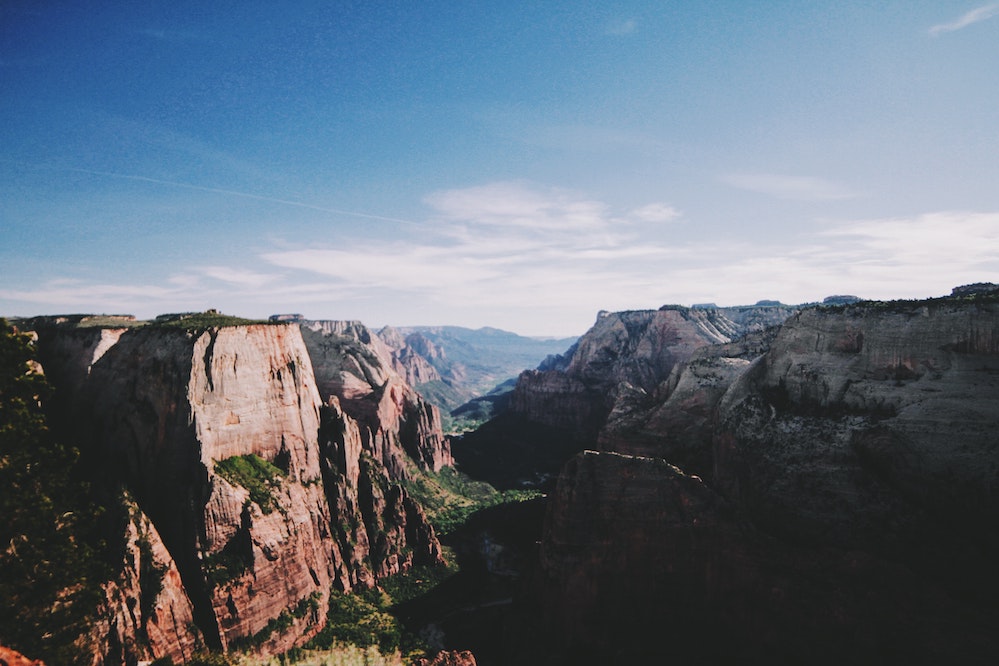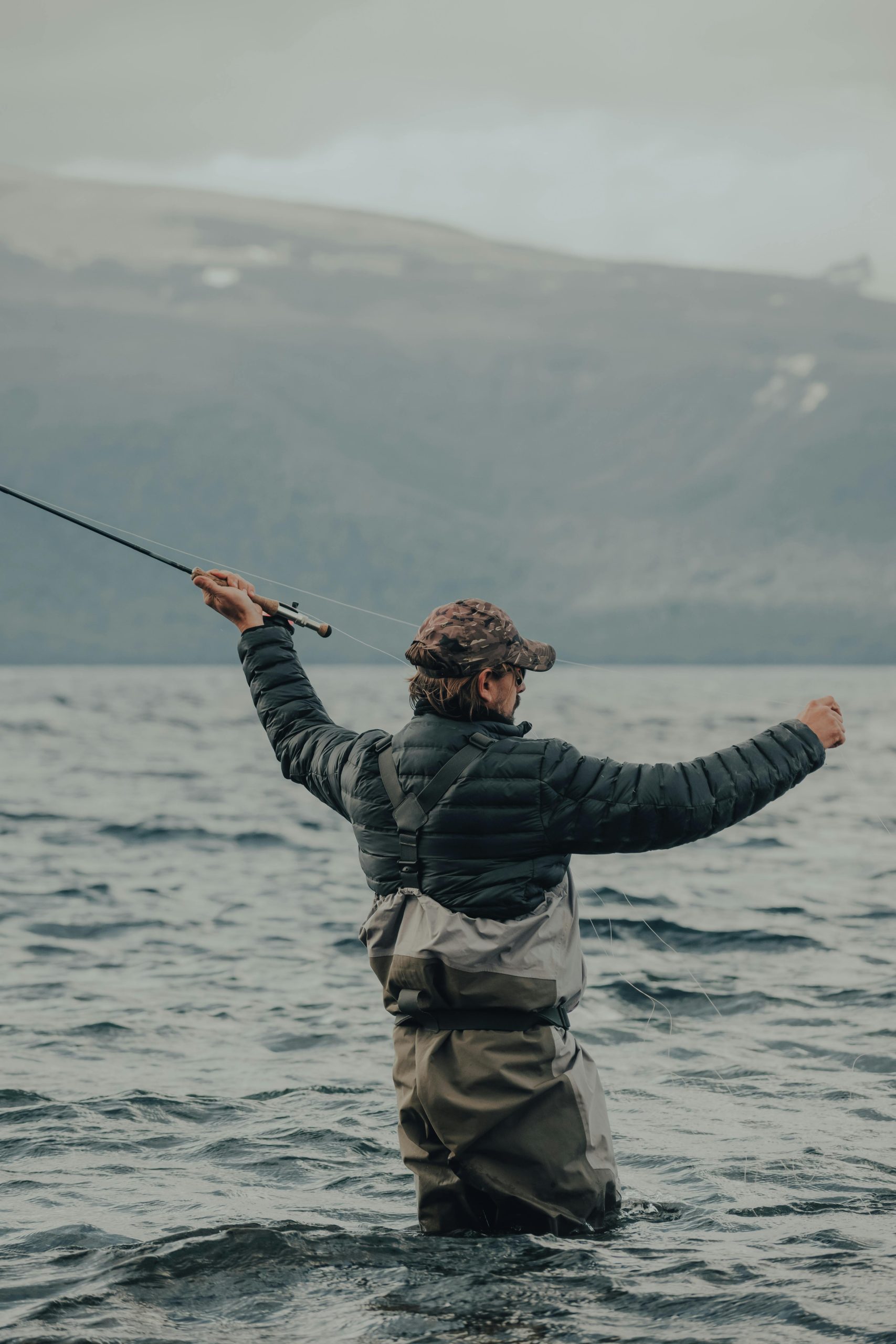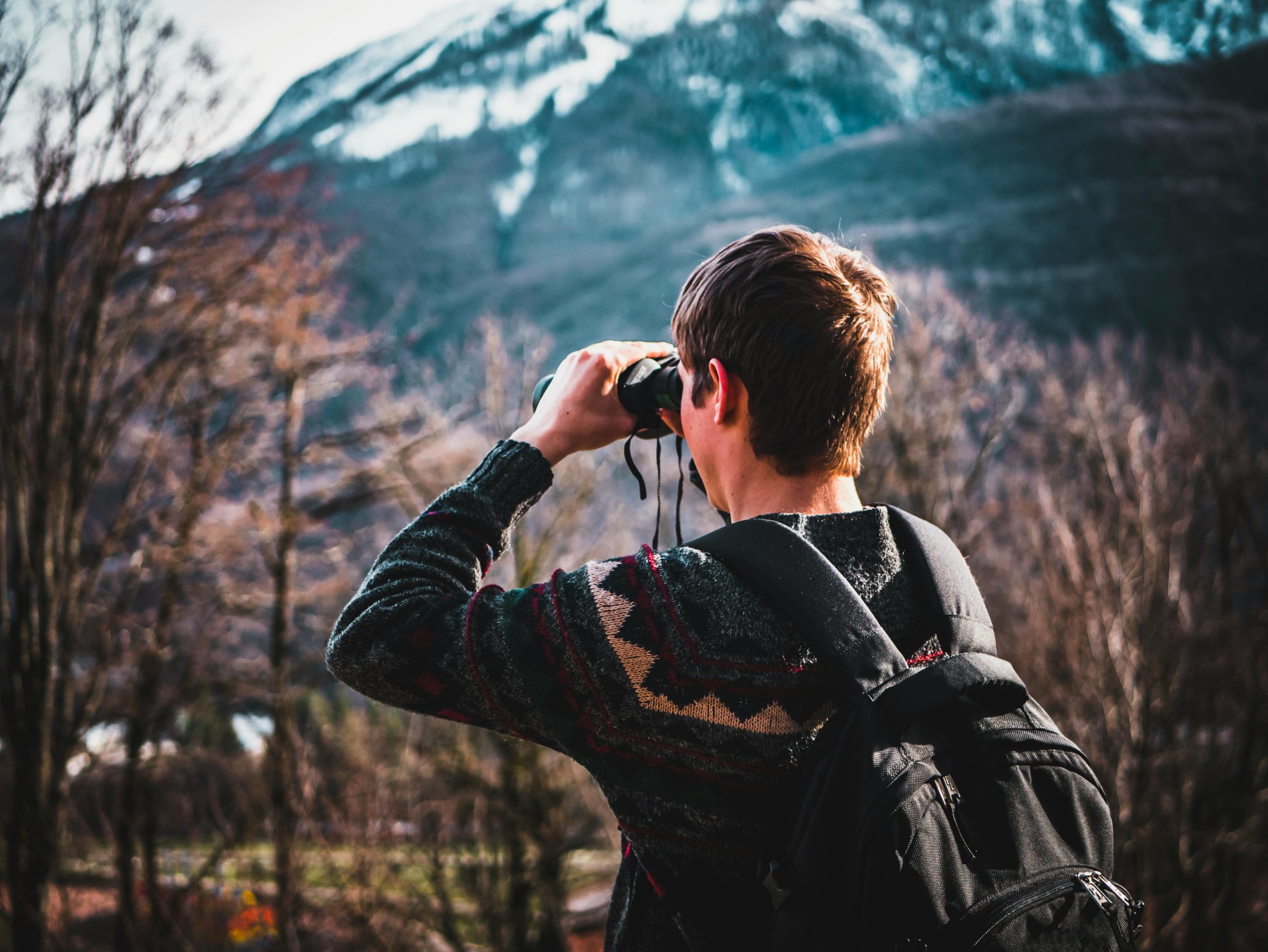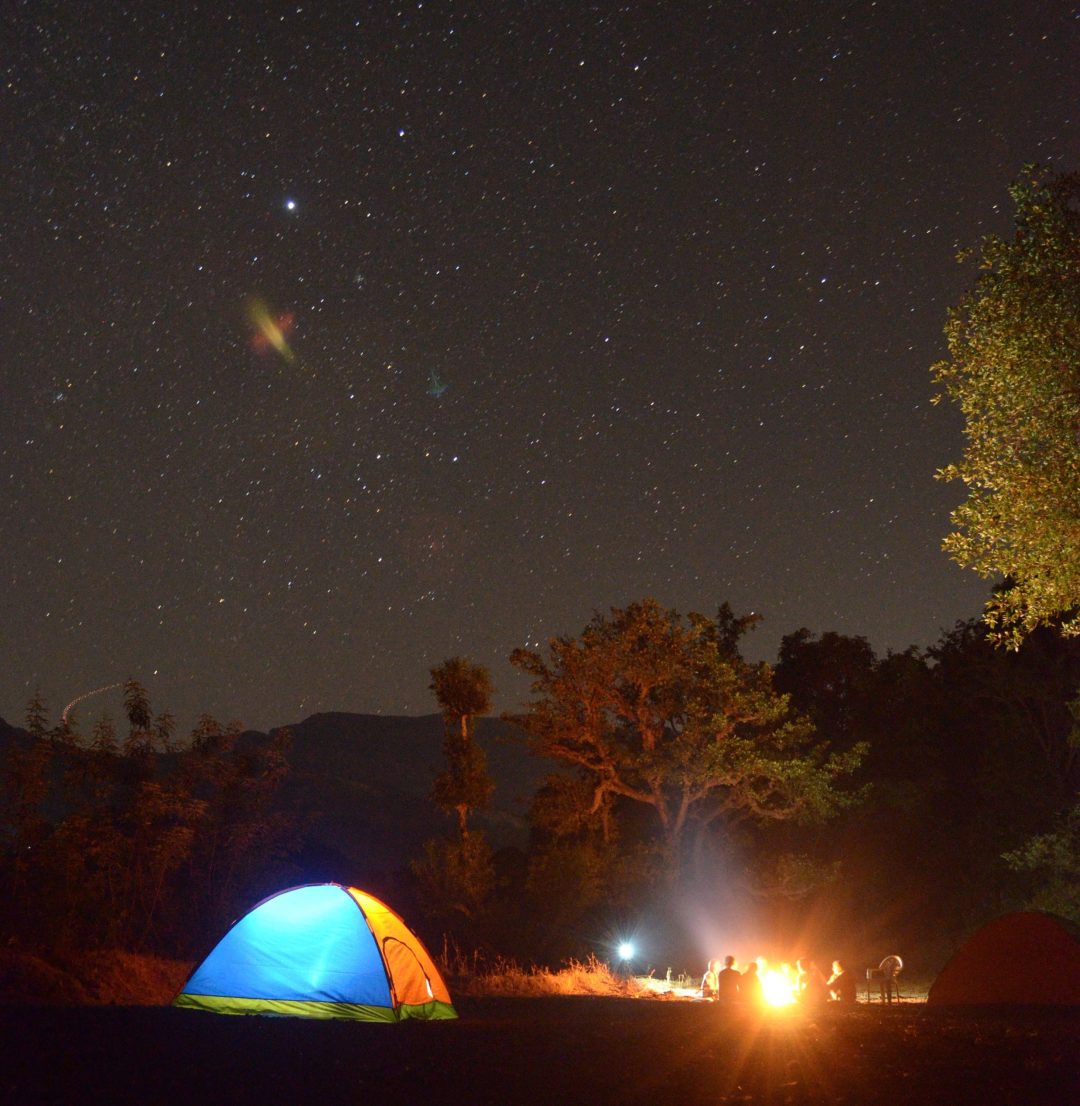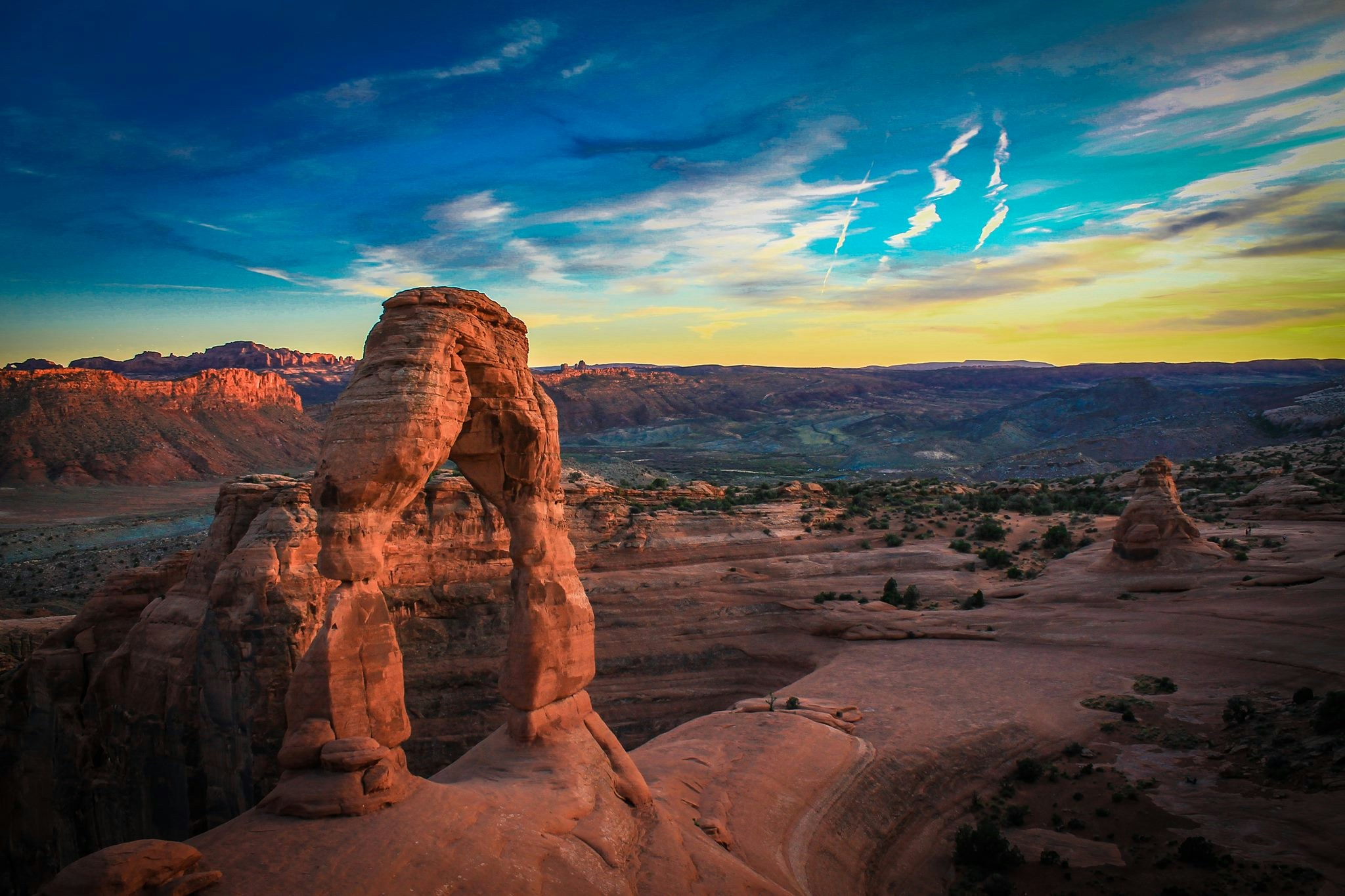Here’s a fun fact about Zion National Park. It wasn’t always called Zion National Park. In fact, the fourth most popular national park in the country didn’t officially adopt the name Zion National Park until 1919. Prior to that, it had a ten year run as Mukuntuweap National Monument in honor of the South Paiute Indian word for “straight river.” Interested? Read more to find five tips and tricks for planning a trip to Zion National Park.
But whether or not you can pronounce its original moniker, there’s no doubt that the Zion National Park of today hasn’t changed all that much from the Zion National Park of a hundred years ago. In fact, it probably hasn’t changed all that much from the Zion National Park of a thousand years ago. And that’s largely because it retains some of the most mysterious and unique features you won’t find anywhere else. In fact, some of us who have spent decades exploring the looming red cliff walls and narrow canyons are still finding something new to discover in its 229 square foot span. Zion National Park may be many things. Ancient. Majestic. Awe-inspiring. And sometimes, even a little intimidating. But it’s never dull.
Still, first-time visitors don’t always know what’s in store for them when visiting Zion National Park. So, for the uninitiated, here’s some good advice to keep in mind if you’re one of the 4.5 million people who plan on making a trip to Zion National Park.
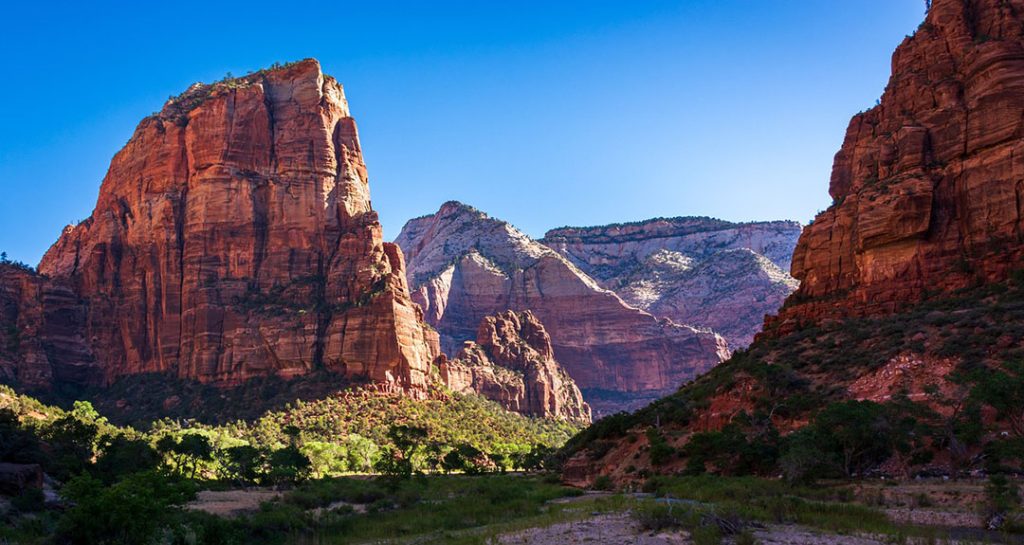
1. Be Prepared for Extremes in Climate
When is the best time to visit Zion National Park? The answer is… well, any time. But it all depends on your temperament. For those of you who don’t mind scorching temperatures, July and August rarely see days below 90°F—and often much higher. Normally, more moderate climates are found in early spring and late fall. But keep in mind that temperatures can differ wildly according to elevation and the difference between night and day can sometimes be as much as 30°F. Our advice? Layer your clothes and bring plenty of sunscreen. On your Zion National Park itinerary, make sure to look at the weather daily and plan accordingly. There’s rarely a month in which Zion National Park sees more than an inch of rain.
2. Zion Isn’t All Desert
It’s a popular misconception among first times that Southern Utah (and Zion in particular) is vast expanses of arid desert landscapes. If that was the case, Zion National Park wouldn’t have the Virgin River, located in the narrowest part of Zion Canyon where millions of hikers seek relief in its 25-foot-wide cooling stream. Or the Emerald Pools Trail, where three pristine oases await hikers along its 2.5 mile path. If Zion National Park’s climate is an exercise in extremes, then its landscape is as well. But if it’s a desert you’re looking for, don’t worry. Las Vegas is only 160 miles away.
3. Challenge Yourself at Angel’s Landing
There’s hiking and then there’s hiking. And there’s perhaps nothing more synonymous with Zion National Park than Angel’s Landing, a five-mile trek up some 1,400 feet where you’ll be greeted with what is perhaps the finest view in all of Zion Canyon. Reaching the summit of the ridge itself is a once in a lifetime experience, you’ll remember for decades to come. Will you return exhausted? Yes. It’s a four-hour trek, so make certain you’re in appropriate attire. But will it be worth it? Words don’t even begin to describe it.
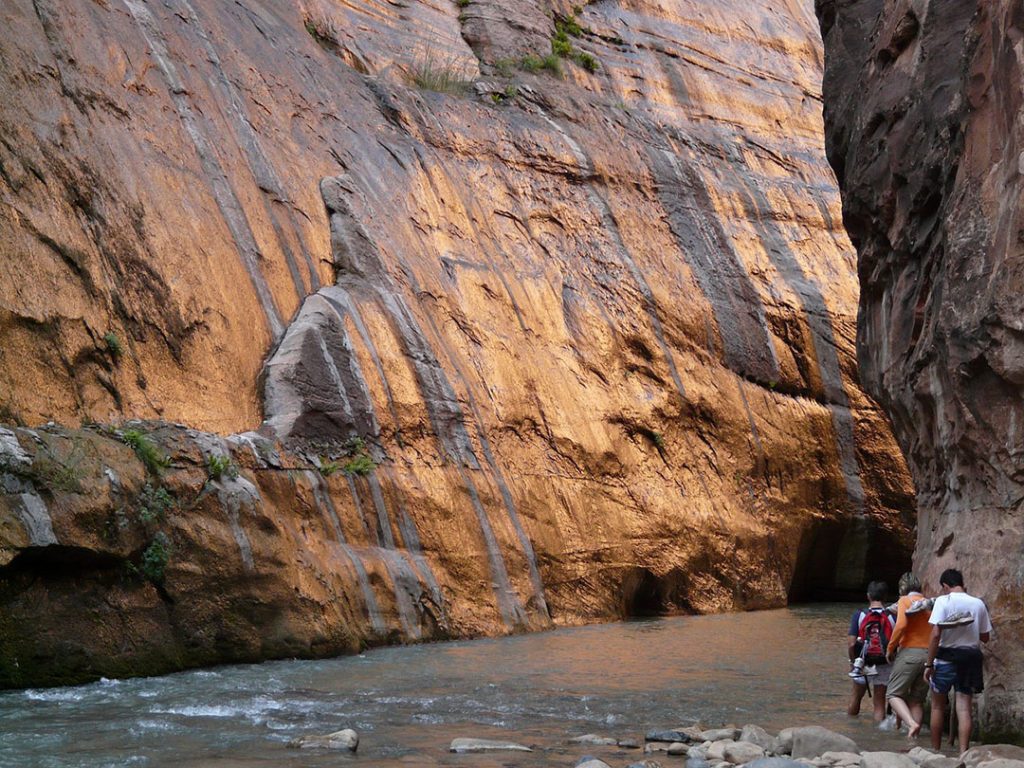
4. Don’t Miss the Kolob Canyons
Zion National Park isn’t just for adventure seekers. Those of you looking for a more serene but no less scenic Zion National Park experience can find it in the Kolob Canyons, a five-mile picturesque drive through the northwestern corridor of the park. Well known as home to the Kolob Arch (one of the world’s largest natural arches), and ancient sandstone summits rising 2,000 feet in the air, the Kolob Canyon drive may be one Zion National Park experience you wish you didn’t have to drive through to see. The good news? You don’t have to. There are over 20 miles of hiking trails accessible from the Canyons, making it one of the more popular park-and-go options in Zion National Park.
5. Don’t Be Afraid to Ask for Help
Hiking? Check. Bicycling? Also, check. Rock climbing? Triple check—if you think you’re brave enough. But it’s easy to get lost in 229 square miles. Especially with terrain as diverse as Zion National Park’s. And especially if you’re planning a family excursion or a getaway with your own grandparents. That’s why Zion National Park Rangers are there for you. They lead a host of activities throughout the year for both children and adults and can lead you safely through tours that are as breath-taking and fascinating as they are safe. Parts of the park can be closed at various times of the year, and you don’t want to stumble into accidental danger. Be smart. Be safe. Talk to a Ranger. You’ll be glad you did.
For over forty years, Ferber Resorts have been the number one choice in lodging for visitors looking to get the most out of their Zion National Park Experience. Find out more at Ferber Resorts.
Zion National Park, located in Utah state, is the thor most popular National Park in the entire United States. Centrally located near Springdale, the park is located in southern Utah and is close to both the Arizona and Nevada borders.
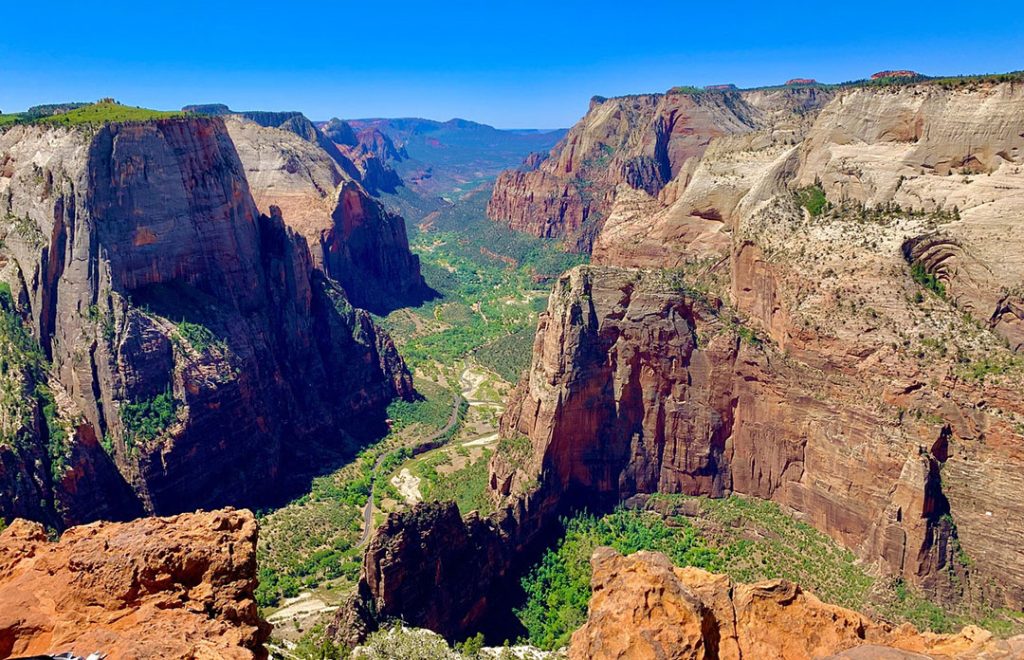
The Park’s History
Upon arriving at Zion National Park, you will be greeted by the awe-inspiring beauty that begins at the park entrance and extends throughout its vast expanse. The park entrance fee is only $20. Once called the Mukuntuweap National Monument, the present day Zion National Park actually has no recorded “founding date.” The park was declared a Us National Monument, however, in 1909 by president William Howard Taft. Taft’s intentions were to preserve the main canyon through which the Virgin River flows, and for our luck and the environment’s luck, that passing of the law worked! The main canyon in the park is still there, undisturbed, today!
A series of pullouts and viewpoints beckon travelers to pause and absorb the grandeur of the landscape, offering unparalleled photo opportunities. The road is typically closed to private vehicles during peak seasons, underscoring the importance of the park’s shuttle system in reducing congestion and preserving the serene environment. The Zion Canyon scenic drive is not merely a route; it is a mesmerizing journey through a geological masterpiece, revealing the sheer magnificence of nature with every turn.
The Park’s Popularity
According to Via Travelers, “In 1914, when Zion National Park was still Mukuntuweap National Monument, only about 300 people came to see the majestic canyon. The first year that park officials kept visitation statistics was 1919, and in that year, 1,814 visitors traveled to Zion National Park. Nearly 100 years later, in 2017, over four million people visited the park, dwarfing those early visitor numbers. Only the Grand Canyon, Yellowstone, and the Great Smoky Mountains see more annual visitors. In fact, the park welcomes so many visitors that Zion National Park travel is damaging the fragile and historic landscape. A reduced budget led to fewer park rangers, leaving more tourists to wander off the trail, leaving unofficial (and harmful) footpaths all over the canyon. However, park officials have preserved the landscape with timed entry reservations and other limitations.”
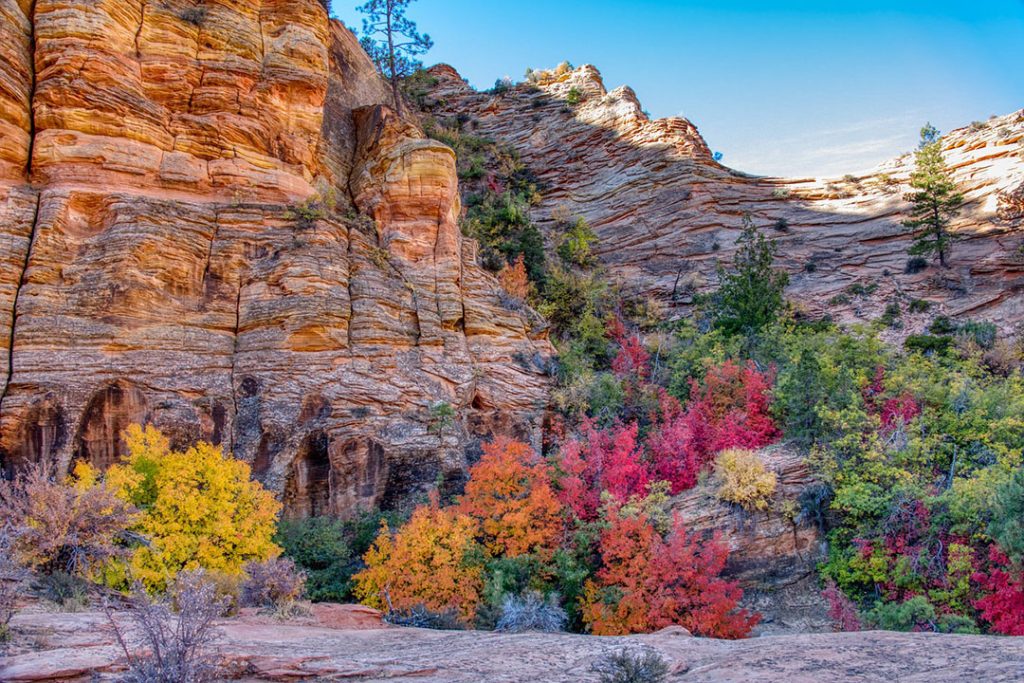
The Park’s Size
Current day National Park encompasses 229 square mile of land. Including sandstone canyons, stunning rock formations, plateaus, and rivers, the parks landscape is more vast than the eye can see and more stunning than the heart can imagine. President Woodrow Wilson signed a proclamation that expanded the park’s size by almost 77,000 acres.
The Zion Canyon shuttle service was introduced to alleviate traffic congestion and reduce the environmental impact caused by private vehicles in the narrow canyon. Operating from early spring to late fall, these shuttles efficiently transport visitors to key points within the park, including popular trailheads and scenic viewpoints. The Zion Canyon shuttle system is designed to provide convenient access while minimizing the carbon footprint and ensuring the sustainability of the park’s delicate environment. As passengers travel on the Zion shuttle, they not only experience the stunning landscapes of Zion Canyon but also contribute to the conservation efforts that aim to protect this awe-inspiring natural wonder for generations to come.
The Zion-Mount Carmel Tunnel is a remarkable engineering feat that enhances the experience of exploring Zion National Park in Utah. Carved through the imposing sandstone cliffs of the park, this 1.1-mile tunnel was completed in 1930 and serves as a vital link between the eastern and western sections of the park. Choosing Zion National Park over other national parks offers travelers a unique and unparalleled opportunity to immerse themselves in a landscape of extraordinary beauty and geological wonders. Zion stands out for its towering sandstone cliffs, deep narrow canyons, and vibrant red rock formations, creating a visual spectacle that is both dramatic and awe-inspiring.
Contact Ferber Resorts so that we can get your vacation to Zion National Park planned and ready!

